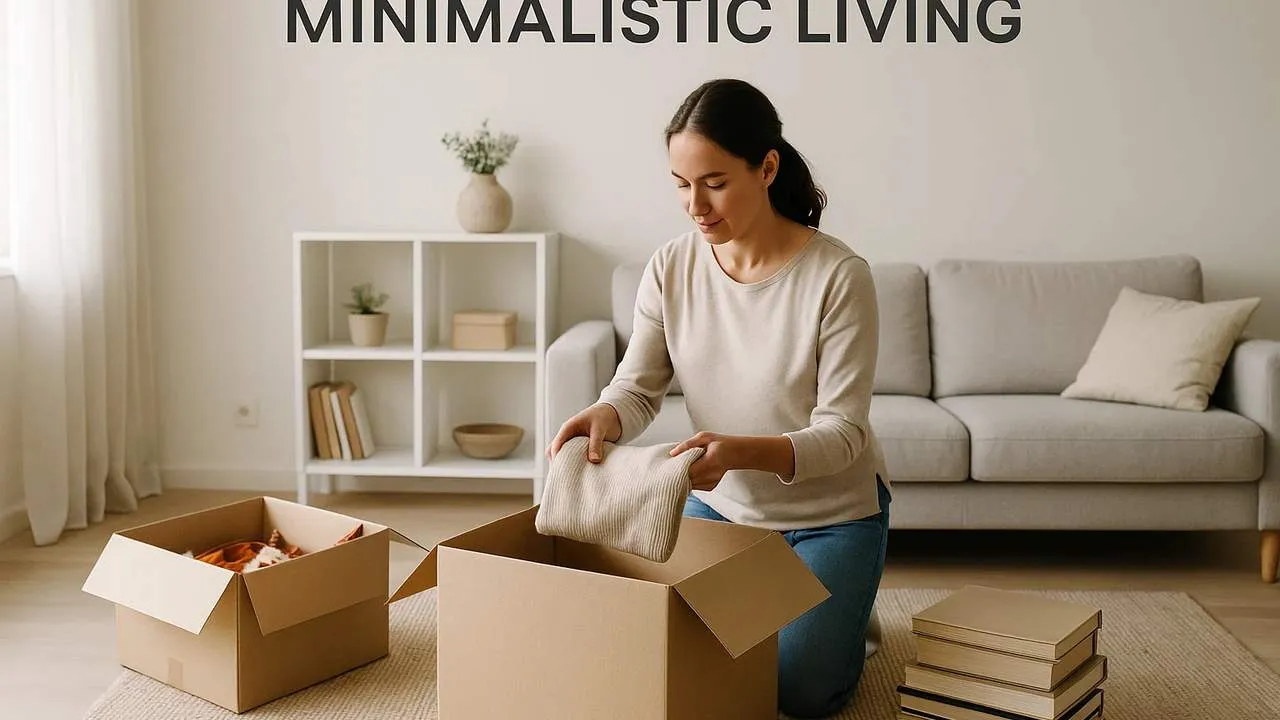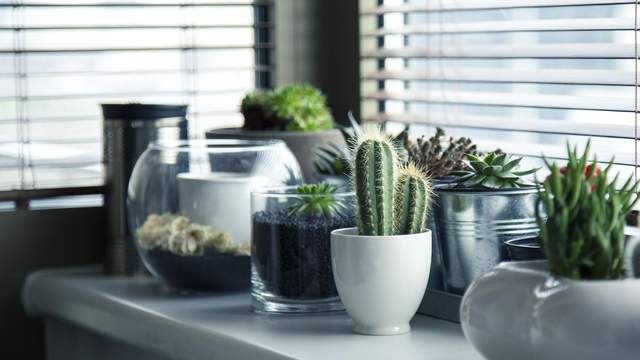Minimalist Living: How to Declutter Your Life and Find Freedom

Minimalism isn’t just about owning fewer things; it’s about making room for more of what truly matters—time, freedom, clarity, and experiences. In a world that constantly encourages us to consume more, minimalism offers an alternative approach that focuses on simplicity and intentional living. This article explores practical steps to embrace minimalism, declutter your life, and create a lifestyle built on quality rather than quantity.
🌱 What Is Minimalist Living?
Minimalist living is about reducing unnecessary possessions, distractions, and commitments to focus on what adds value and joy to your life. It doesn’t mean living in an empty, stark home or giving up all luxuries; rather, it’s about being intentional with what you own and how you spend your time. By simplifying your surroundings and routines, you create space for what truly enriches your life—relationships, health, and personal growth.
📦 The Benefits of Decluttering
Clutter doesn’t just take up space in your home—it occupies mental and emotional energy as well. Studies have shown that clutter increases stress levels and reduces productivity. Decluttering offers benefits such as:
- Reduced Stress: A tidy, organized space creates a sense of calm.
- More Focus: Fewer distractions help improve concentration and clarity.
- Time Savings: Less time spent cleaning, organizing, or looking for things.
- Financial Freedom: You save money by buying less and valuing what you already own.
- Improved Well-Being: A clean, uncluttered environment boosts mood and motivation.
🛋️ How to Declutter Your Home
Decluttering can feel overwhelming, but tackling one step at a time makes it manageable. Here’s a simple approach:
- Start Small: Begin with one drawer, one shelf, or a single closet.
- Ask Key Questions: “Do I use this? Do I love it? Does it serve a purpose?” If not, let it go.
- Sort Items: Create piles for keep, donate, sell, or discard.
- Use the One-Year Rule: If you haven’t used it in a year, you likely don’t need it.
- Organize What Remains: Keep items visible, accessible, and neatly arranged.
👜 Minimalism Beyond Possessions
Minimalism is not limited to physical items—it’s also about simplifying your schedule, relationships, and digital life. Consider:
- Digital Decluttering: Clean up your phone, unsubscribe from emails, and reduce social media use.
- Time Management: Say no to unnecessary commitments and create more time for things you love.
- Mindset Shift: Focus on gratitude and experiences rather than material possessions.
🛠️ Practical Minimalist Habits
Embracing minimalism doesn’t happen overnight—it’s a gradual process of making conscious choices. Here are a few habits to adopt:
- The “One In, One Out” Rule: For every new item you bring in, remove one you no longer need.
- Quality Over Quantity: Invest in well-made, timeless items instead of cheap, trendy pieces.
- Daily Tidy-Up: Spend 5–10 minutes each day keeping surfaces clear and organized.
- Intentional Buying: Pause before making a purchase and ask if it truly adds value to your life.
🧘 Minimalist Mindset & Well-Being
Minimalism is as much about the mind as it is about your home. Letting go of excess teaches you to appreciate what you already have. This mindset can reduce feelings of comparison and consumer-driven stress. By focusing on meaningful relationships, personal growth, and experiences, you naturally create a more fulfilling life.
For example, spending time outdoors, practicing mindfulness, or engaging in hobbies that bring you joy can be far more rewarding than accumulating things. Minimalism invites you to live with purpose and intention, rather than on autopilot.
💡 Minimalism and Financial Freedom
Living minimally often leads to saving money because you’re no longer chasing trends or buying impulsively. By choosing quality over quantity and resisting the pressure of constant consumption, you can redirect your finances toward things that truly matter—like travel, experiences, or investing in your future.
Even small steps, like reducing monthly subscriptions you rarely use, can create a noticeable difference in your budget and reduce financial stress.
📅 How to Begin Your Minimalist Journey
You don’t need to throw everything away to be a minimalist. Start by decluttering one area at a time, then slowly incorporate minimalist principles into other aspects of life. It’s about progress, not perfection.
- Choose one area (closet, desk, kitchen) and declutter it fully.
- Focus on your priorities—what truly adds value to your life?
- Adopt small habits like mindful shopping and digital detoxes.
- Celebrate your progress and enjoy the space and clarity you create.
🌟 Final Thoughts
Minimalist living is about living intentionally—owning less, but experiencing more. By decluttering your physical and mental space, you create freedom to focus on what truly matters: relationships, passions, and personal well-being. It’s not about deprivation but about finding joy in simplicity.
Start small, be patient, and remember that minimalism is a personal journey. Whether you’re simplifying your home, your schedule, or your digital life, every step you take toward minimalism brings more clarity, peace, and purpose to your everyday living.




